Symfony 6.1 will be released at the end of May 2022 and it will require PHP 8.1 or higher. This is the first article of the series that shows the most important new features introduced by Symfony 6.1.
Contributed by Titouan Galopin
in #44681.Web applications often need to work with HTML contents generated by users. It's difficult to do so in a safe way. Rendering those unsafe HTML contents in a Twig template or injecting them via JavaScript in the innerHTML property of elements can lead to unwanted and dangerous JavaScript code execution. HTML sanitization is "the process of examining an HTML document and producing a new HTML document that preserves only whatever tags or attributes that are designated safe and desired". Most of the times, this sanitization process is used to protect against attacks such as cross-site scripting (XSS). However, sanitization is also about fixing wrong HTML contents in the best way possible:
Original: foo
Sanitized: foo
Original: foo
Sanitized: <em>foo
In Symfony 6.1 we're adding a PHP-based HTML sanitizer so you can transform user generated HTML content into safe HTML content. This new component is similar to the upcoming W3C HTML Sanitizer API and we even use the same method names whenever possible to ease the learning curve.
use Symfony\Component\HtmlSanitizer\HtmlSanitizerConfig;// By default, any elements not included in the allowed or blocked elements // will be dropped, including its children $config = (new HtmlSanitizerConfig()) // Allow "safe" elements and attributes. All scripts will be removed // as well as other dangerous behaviors like CSS injection ->allowSafeElements()
// Allow the "div" element and no attribute can be on it
->allowElement('div')
// Allow the "a" element, and the "title" attribute to be on it
->allowElement('a', ['title'])
// Allow the "span" element, and any attribute from the Sanitizer API is allowed
// (see https://wicg.github.io/sanitizer-api/#default-configuration)
->allowElement('span', '*')
// Drop the "div" element: this element will be removed, including its children
->dropElement('div');
In addition to adding and removing HTML elements and attributes, you can force the value of some attributes to improve the resulting HTML contents:
$config = (new HtmlSanitizerConfig())
// ...
// Forcefully set the value of all "rel" attributes on "a"
// elements to "noopener noreferrer"
->forceAttribute('a', 'rel', 'noopener noreferrer')
// Drop the "data-custom-attr" attribute from all elements:
// this attribute will be removed
->dropAttribute('data-custom-attr', '*')
// Transform all HTTP schemes to HTTPS
->forceHttpsUrls()
// Configure which hosts are allowed in img/audio/video/iframe (by default all are allowed)
->allowedMediaHosts(['youtube.com', 'example.com']);
In addition to these, there are many other configuration options. Check out the docs for the HtmlSanitizer bundle. Once configured, use the sanitizer as follows:
use Symfony\Component\HtmlSanitizer\HtmlSanitizer;$sanitizer = new HtmlSanitizer($config);
// this sanitizes contents in the context, removing any tags that are // only allowed inside the element $sanitizer->sanitize($userInput);
// this sanitizes contents to include them inside a tag $sanitizer->sanitizeFor('head', $userInput);
// this sanitizes contents in the best way possible for the HTML element // provided as the first argument (sometimes it will add missing tags and // other times it will HTML-encode the unclosed tags) $sanitizer->sanitizeFor('textarea', $userInput); // it will encode as HTML entities $sanitizer->sanitizeFor('div', $userInput); // it will sanitize same as
Sponsor the Symfony project.Autentifică-te pentru a adăuga comentarii
Alte posturi din acest grup
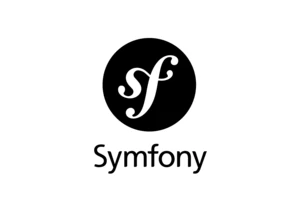
Symfony 6.4.24 has just been released. Read the Symfony upgrade guide to learn more about upgrading Symfony and use the SymfonyInsight upgrade reports to detect the code you will need to change in you
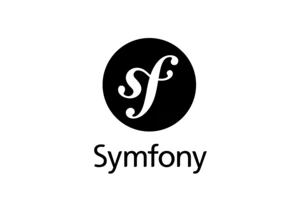
Symfony 7.2.9 has just been released. Read the Symfony upgrade guide to learn more about upgrading Symfony and use the SymfonyInsight upgrade reports to detect the code you will need to change in your
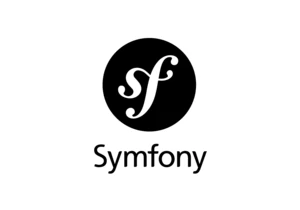
Symfony 7.3.2 has just been released. Read the Symfony upgrade guide to learn more about upgrading Symfony and use the SymfonyInsight upgrade reports to detect the code you will need to change in your
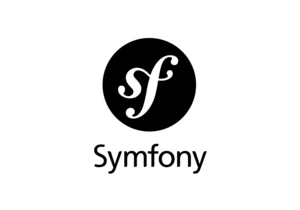
This week, development focused on the upcoming Symfony 7.4 and 8.0 releases. We added new features such as the ObjectMapperAwareInterface, improved value transformers in JsonStreamer, and enabled load
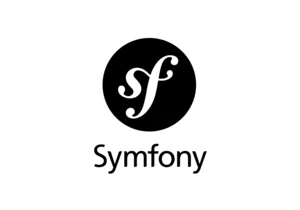
Symfony is turning 20 and we’re throwing a party you won’t want to miss! 🥳
Join us for an unforgettable evening of drinks, music, and great company at the Kanarie Club in Amsterdam!
This year
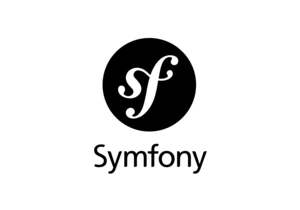
This week, the upcoming Symfony 7.4 version improved the Serializer component by adding more prefix support to the accessor, added more code to make the JsonPath component RFC compliant, and added sup
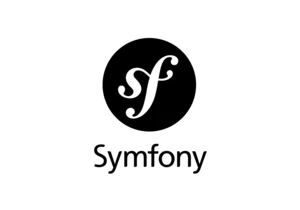
This week, Symfony unveiled the Symfony AI initiative, a set of components and bundles designed to bring powerful AI capabilities directly into your PHP applications. In addition, we published travel
